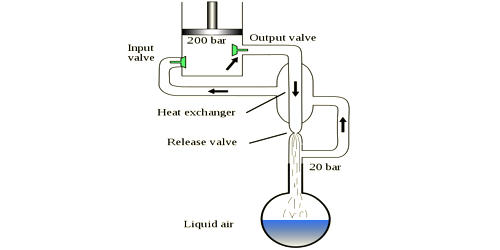Total internal reflection (TIR) is the phenomenon in which waves arriving at the interface (boundary) of one medium to another (e.g., water to air) are entirely reflected back into the first (“internal”) medium rather than refracted into the second (“external”) medium. When a light ray travels from a medium with a higher refractive index (e.g., glass) to a medium with a lower refractive index (e.g., air), it impacts the interface between the two media at an angle greater than the critical angle. When this critical angle is exceeded, all of the light is reflected back into the higher refractive index media and is not transferred into the lower refractive index medium.
It happens when the second medium has a faster wave speed than the first and the waves strike the interface at an oblique angle. When seen obliquely from below, the water-to-air surface of a conventional fish tank, for example, reflects the underwater landscape like a mirror with no loss of brightness.
TIR happens not only with electromagnetic waves like light and microwaves but also with other forms of waves like sound and water. If the waves may form a narrow beam, the reflection is usually characterized in terms of “rays” rather than waves; in a medium whose characteristics are directionless, such as air, water, or glass, the “rays” are perpendicular to the associated wavefronts.
The key factors to understand about total internal reflection are:
(a) Critical Angle: The critical angle (θc) is the angle of incidence at which total internal reflection occurs. It is determined by the refractive indices of the two media and is given by Snell’s Law:
θc = arcsin(n2 / n1)
where θc is the critical angle, n1 is the refractive index of the first medium (higher refractive index), and n2 is the refractive index of the second medium (lower refractive index).
(b) Conditions for Total Internal Reflection: To observe total internal reflection, the angle of incidence (the angle at which the light ray strikes the interface) must be greater than the critical angle. If the angle of incidence is less than the critical angle, some of the light will be transmitted into the second medium.
Total internal reflection has various practical applications in optics, including:
- Fiber Optics: Total internal reflection is the principle behind the operation of optical fibers. Light signals are transmitted through the core of a fiber optic cable using total internal reflection. This technology is used in telecommunications and high-speed data transmission.
- Prism and Total Internal Reflection: Due of TIR, prisms can be utilized to reflect and refract light. Prisms are used in various optical systems to redirect and alter light by utilizing total internal reflection.
- Binoculars and Periscopes: These optical instruments fold the optical path using prisms and total internal reflection, allowing for more compact and convenient designs.
- Microscopy: Total internal reflection fluorescence microscopy (TIRF) is used in some microscopes to analyze the interactions of fluorescent molecules near the surface of a sample.
To summarize, total internal reflection is a fundamental optical principle that occurs when a light beam is entirely reflected at an interface between two media because the angle of incidence is greater than the critical angle. It is useful in a variety of optical devices and technologies.
















